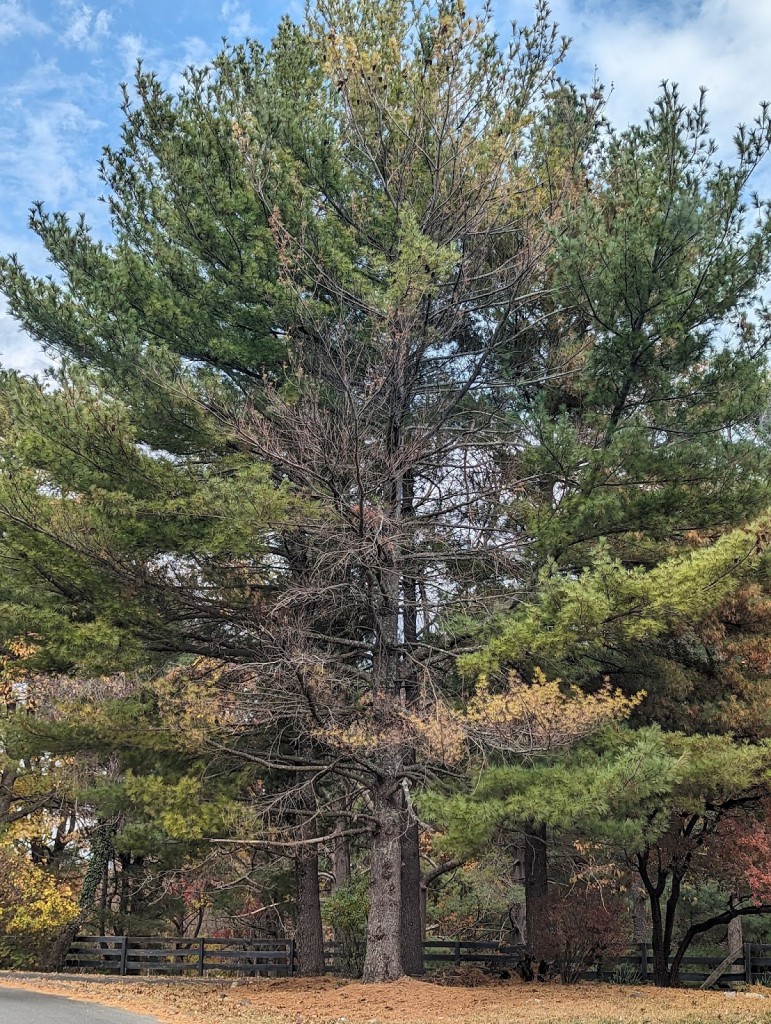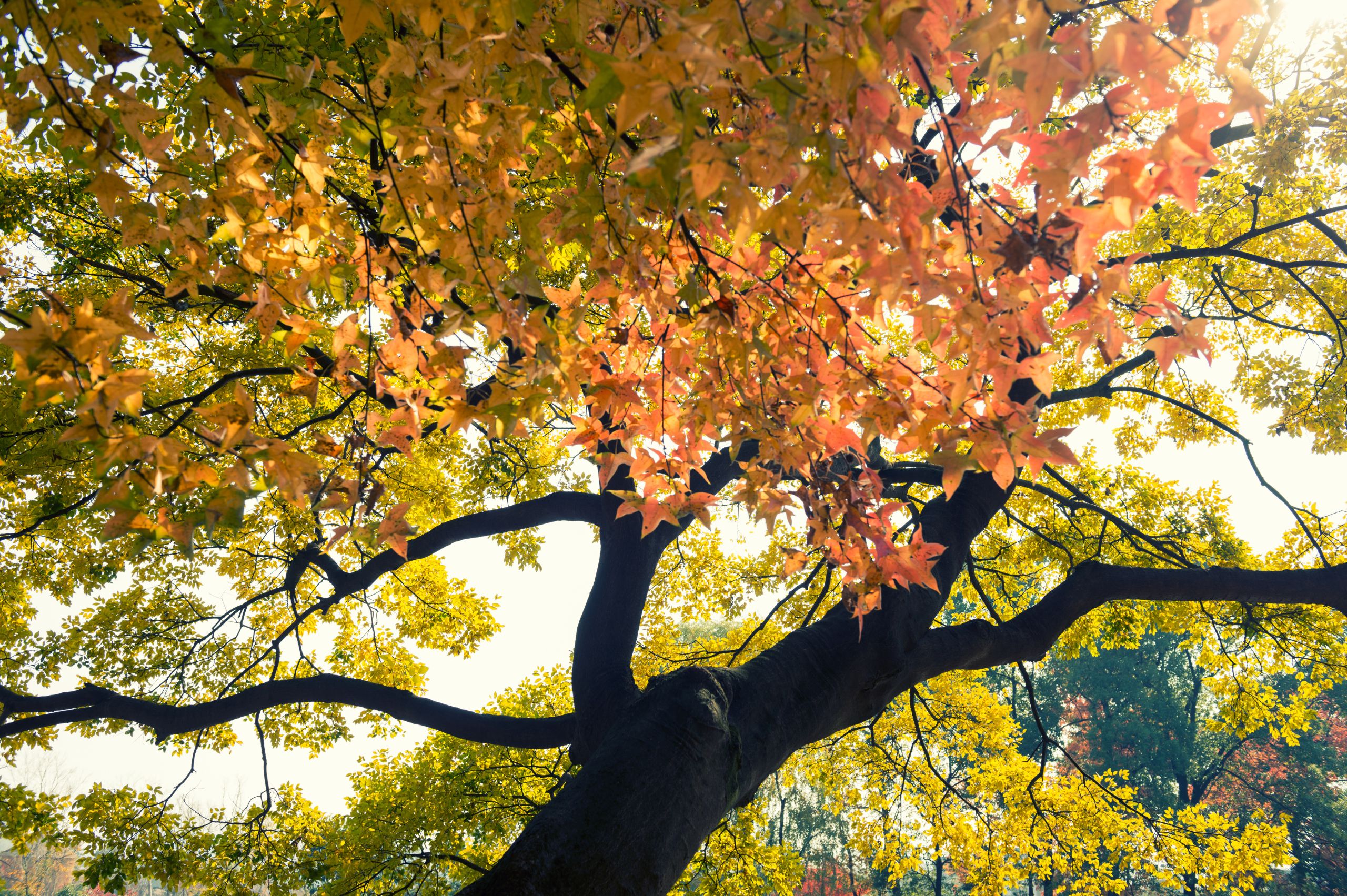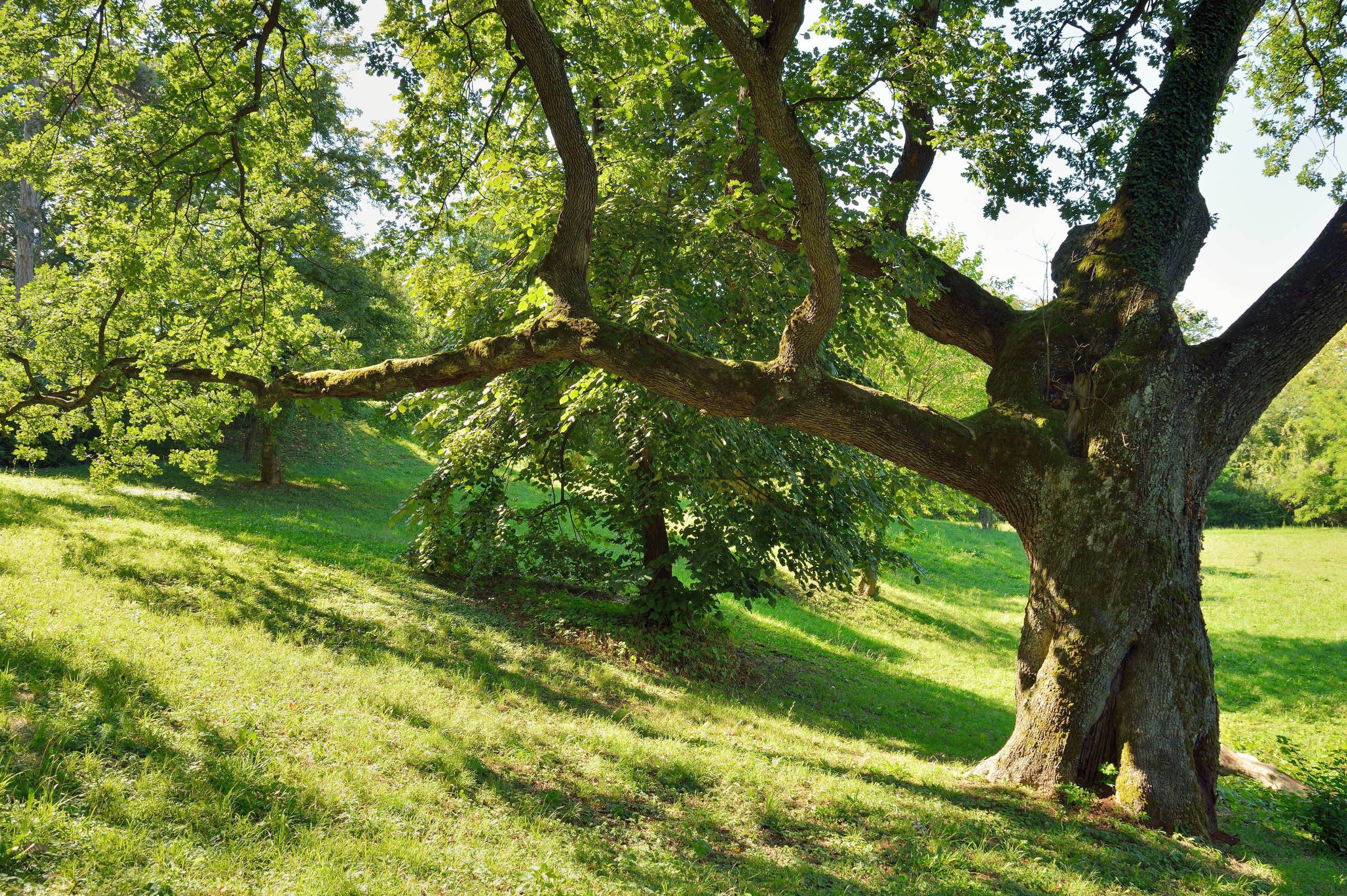Pine trees are an iconic part of the Staunton, VA landscape, adding beauty and character to our region. But, what do you do when you notice your pine tree is not as vibrant and healthy as it once was? Whether it’s losing needles, beginning to die in certain areas, or showing other signs of distress, white pine tree diseases are very common but require expert evaluation and guidance to determine the best next steps for your tree. Instead of just having to guess why your pine tree is dying in Staunton and surrounding areas, we’re going to unpack some of the most common things we see.
If you notice your pine tree dying in Staunton or surrounding areas, here are some common causes to look out for:
Needle Cast in Pine Trees
Needle Cast is one of the most common diseases we see impacting white pine trees in Staunton and surrounding areas. There are several different types, including:
- Lophodermium Needle Cast (Lophodermium spp.): This is one of the most prevalent needle cast diseases affecting white pines. It typically appears as yellow or brown spots on the needles, and as the disease progresses, infected needles may turn reddish-brown and eventually fall off.
- Rhabdocline Needle Cast (Rhabdocline spp.): This needle cast disease primarily affects Douglas fir, but it can also infect white pines. Infected needles show yellow bands or spots, which eventually turn brown. The fungus produces spores on the surface of the needles.
- Dothistroma Needle Blight (Dothistroma septosporum): While more commonly associated with pines like Austrian and ponderosa, this disease can also affect white pines. It causes browning and death of needles, often starting from the lower branches and progressing upward.
- Brown Spot Needle Blight (Mycosphaerella dearnessii): This disease primarily affects red pine, but it can also impact white pines. It causes brown spots on the needles, which may coalesce into larger patches of discoloration.

It’s important to note that Needle Cast cannot be 100% diagnosed without lab verification. At Staunton Tree Service, we are able to assess your pine trees and initiate this process to get your tree the treatment it needs or facilitate its safe removal.
White Pine Needle Disease
White pine needle disease is caused by a nematode (tiny worm-like organisms) called Phytophthora nematode, specifically Phytophthora pinifolia.
Like Needle Cast, White pine needle disease primarily affects the needles as well. Infected needles typically show a browning or reddening, often starting at the tips and spreading along the length of the needle. The disease can progress rapidly and lead to extensive needle loss, which affects the health of the tree and prevents it from growing and thriving.
Pine Bark Beetles and Weevils
Another common threat to pine trees in Staunton comes in the form of insects like Pine Bark Beetles and Weevils. These tiny pests burrow under the bark of pine trees, disrupting nutrient flow in the cambium layer of the tree and weakening its defenses. Signs of an insect infestation in your pine tree could include:
- Small holes in the bark
- Engraving-like markings in peculiar shapes (like Y or I).
- Sawdust-like residue near the base of the tree
- Overall canopy decline.
Pine Bark Beetles and Weevils often infest a tree that is already weakened in some other way, expediting its decline. Because of this, it’s common to see these insects infest one tree while surrounding trees remain healthy and untouched (but it’s still a good idea to address them to prevent potential spread).
Because there is a variety of species that could be causing your pine tree to decline, it’s important to get expert evaluation to determine the best next step for your tree.
Other Environmental Factors That Impact Pine Trees in Staunton & Surrounding Areas:
Aside from pests and diseases, various environmental factors can contribute to a pine tree dying in Staunton. These include:
- Extremes in weather conditions such as excessive moisture, prolonged drought, extreme cold, or scorching heat
- Geological factors like poor soil quality, nutrient deficiencies, compacted soil, or roots encroaching on pavement or structures
- Digging too close to root systems or damaging roots through construction or other means
Free Tree Assessments from Staunton Tree Service
If you suspect that your pine tree is in distress, don’t hesitate to seek professional assistance. Staunton Tree Service offers complimentary tree assessments to evaluate the health of your tree and provide expert recommendations. This assessment will help determine whether there’s a viable option for saving the tree and treating the disease that’s causing its demise, or figuring out its removal if that’s the safest course of action.
Interesting Fact About Pine Trees in the Staunton Area:
White pines were planted extensively in our area in the 1960s-1980s. These trees are all mature now and planted close together. This monoculture (dense population of a single species in an area) creates a ripe environment for rapid disease spreading. These trees are now coming to the end of their useful lifespan.
Staunton Tree Service is a leader in the industry for this area to help you identify and address these issues, whether it’s through tree assessments, treatments, or safe removal when necessary.




